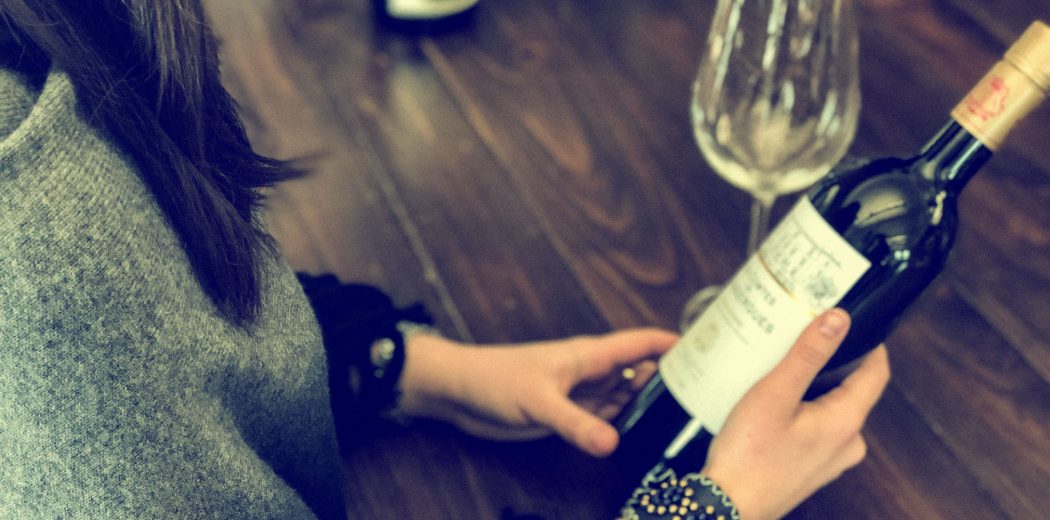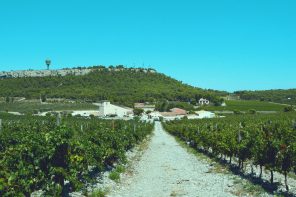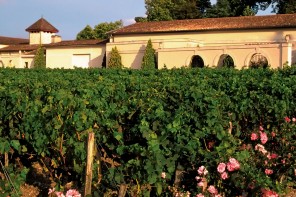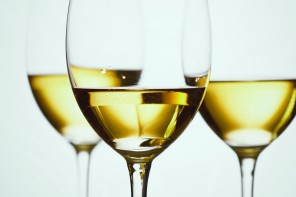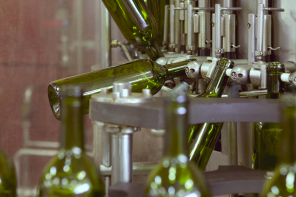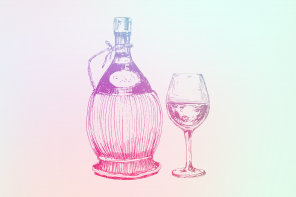We’ve all been there. At the wine store, on the way to a party, and in need of something that’s good but not too pricey. You could of course just look for a bottle with an endorsement from Wine Spectator or some other reputable source – “91 points,” or “Top 100 value wine.” If you really want to know what you’re getting in the bottle you pick out, however, you need to understand what’s on the label.
Unfortunately, this is sometimes easier said than done. Wine labels can be confusing! And once you start getting flustered trying to figure one out, it’s hard not to throw up your hands and just grab the bottle that looks the prettiest.
Do not – I repeat, DO NOT – just grab the bottle that looks the prettiest. Instead, all you need to do is focus on a few key pieces of information, and understand that this information presents itself a little differently on Old and New World wine labels. For those not familiar with the Old vs. New World distinction, it’s pretty simple. Old World wines are from countries where winemaking first originated (basically, anywhere in Europe), while New World wines hail from places that are newer to the industry (like New Zealand, Argentina and the United States).
With that distinction in mind, the biggest and most important difference between Old and New World labels is that Old World wines are labeled based on the appellation, or region where the grapes were grown, whereas New World wines are labeled based on the grape varietal used to make the wine (though the region always appears on the label as well). This is why a red wine from Burgundy made from 100 percent Pinot Noir grapes is labeled Burgundy, while one from Willamette Valley, Oregon is labeled Pinot Noir.
While this may seem confusing, and it admittedly can make Old World labels harder to decipher, there is a reason they are referred to by appellation. It’s because the appellation reflects a set of regulations that govern how wine is made in the region. More specifically, the appellation tells you the extent to which the wine meets certain quality standards for things like winemaking and aging techniques, types of grapes used and percentage of alcohol. So there is a lot implied by the appellation that renders it unnecessary to put it explicitly on the label.
Each country has its own regulatory system – in Italy, for example, it’s called the Denomination of Controlled and Guaranteed Origin (DOCG), while in France it’s called Appellation of Controlled Origin (AOC). Generally speaking though, if you see the word “appellation,” “denomination” or a two to four letter acronym on the label it means the wine is good quality.
Now that the Old World/New World distinctions are clear, let’s turn to the rest of the label. Among the other information you will find are:
The Vintage
This is the year when the grapes were harvested, and contrary to the popular notion that the older the wine, the better, there are no hard or fast rules for how old a wine should be when you drink it. While many get better with age, there are also many that can be enjoyed in their youth (hello, Beaujolais).
One note is that Champagne is the one wine that often does not have a vintage on the label. That is because most Champagnes are produced from a mix of grapes from different years, to keep the taste consistent. If you are lucky enough to come across a bottle that has a vintage, it will be of exceptional quality. Vintage Champagne is only produced during years when growing conditions are phenomenal.
The Producer
The producer, as you may have guessed, refers to who made the wine (i.e. grew and harvested the grapes, aged it, bottled it). Some larger New World producers may also brand the wine itself with a name – or in some cases, a pretty picture. But you already knew about the pretty picture.
The Alcohol by Volume (ABV)
Typically, Old World wines have a lower ABV than New World wines because of the climate conditions.
Other special classifications
These include Reserve, Grand Cru and Premier Cru, and they all mean the wine is special in some way. Reserve wines, for example, have been aged longer than other wines, though Spain and Italy are the only two countries that have actual rules around how long the aging process must be. Grand and Premier Crus, in turn, are French designations for the best and second-best vineyards in the Burgundy and Champagne regions. You may see other classifications as well, but these are a few of the more common ones.
Finally, don’t forget to look at the back label (there’s a reason it was chosen for the name of this blog). While it may seem counterintuitive, this is where you’re likely to find the most accessible information about what you’re getting: a simple description of what the wine tastes like. If you’re lucky, you may even find a lovely little story that you can retell at the party.
One of the few instances in which words are worth much more than a pretty picture.

